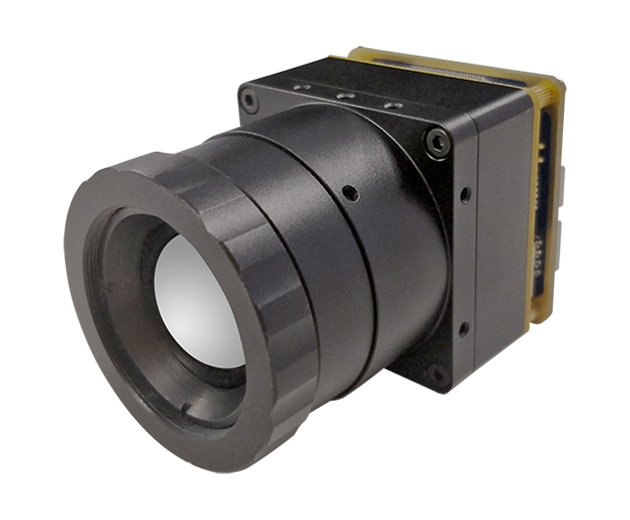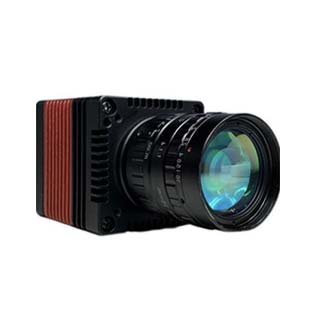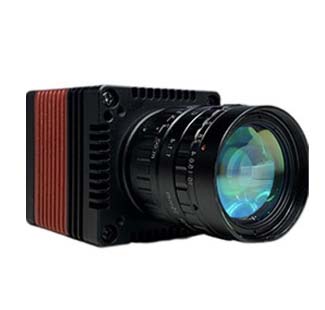When it comes to selecting a SWIR (Short-Wave Infrared) camera module, making an informed decision is crucial to ensure optimal performance for your specific application. With a wide range of options available in the market, it's important to consider certain factors that can greatly influence the suitability and effectiveness of the SWIR camera module. In this blog post, we will discuss the key factors to consider when choosing the right SWIR camera module.
Spectral Range
The spectral range of a SWIR camera module refers to the wavelength range it can detect. It's essential to understand the specific spectral range required for your application. Different materials and objects have unique spectral characteristics, and choosing a SWIR camera module with the appropriate range will ensure accurate imaging and identification of the desired features.
Resolution and Pixel Size
Resolution and pixel size determine the level of detail and clarity in the captured images. Higher resolution and smaller pixel size generally result in better image quality, but they also affect factors like cost and data processing requirements. Assessing the specific imaging needs of your application and balancing them with your budget constraints is crucial when considering the resolution and pixel size of the SWIR camera module.
Frame Rate and Integration
TimeThe frame rate and integration time of a SWIR camera module play a significant role in capturing fast-moving objects or dynamic scenes. Higher frame rates allow for smoother video recording and enable the capture of rapid events, while longer integration times can enhance sensitivity in low-light conditions. Carefully evaluate the frame rate and integration time requirements of your application to ensure the SWIR camera module can meet your specific needs.
Cooling Options
Many SWIR camera modules require cooling to minimize noise and maximize sensitivity. Some modules come with built-in coolers, while others may require external cooling systems. Assessing the cooling options and their feasibility for your application is essential, especially when considering factors such as power consumption, size, and environmental conditions.
Connectivity and Integration
Consider the connectivity options provided by the SWIR camera module. Determine whether it supports standard camera interfaces such as USB or GigE, and if it is compatible with your existing equipment and software. Additionally, evaluate the ease of integration with your system, including considerations like form factor, software development kits, and compatibility with different operating systems.
Choosing the right SWIR camera module requires a thorough understanding of your application's specific requirements and the available options in the market. By considering factors such as spectral range, resolution, frame rate, cooling options, and connectivity, you can make an informed decision that ensures optimal performance and functionality. Careful consideration of these factors will lead to successful implementation of SWIR camera technology in various applications, ranging from industrial inspection camera and quality control to surveillance and scientific research.




